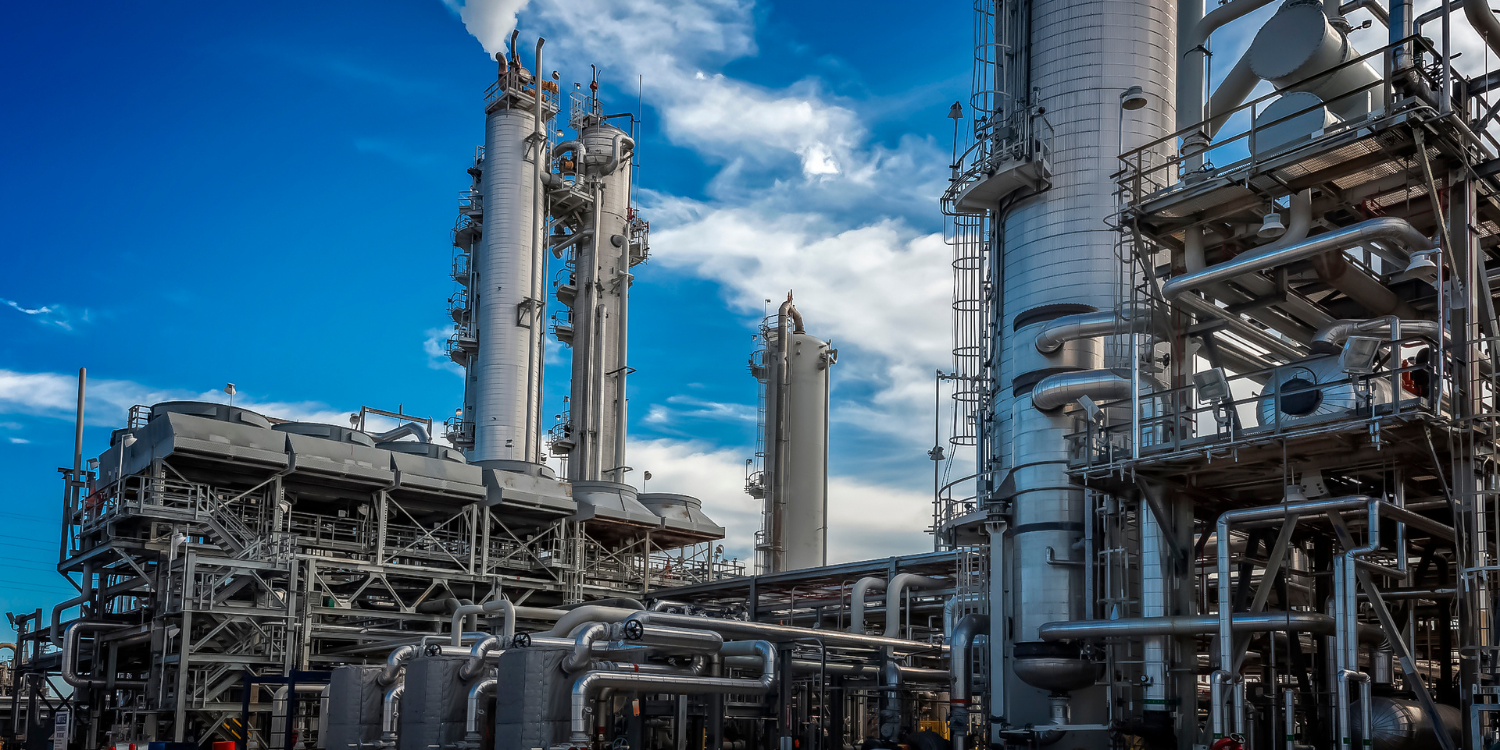The human being since its origin has had the need to take advantage of the elements of nature, which implied the transformation of each one. An accelerated change in this process was presented during the 19th century with the Industrial Revolution.
As a consequence of the previous movement, the industrial society emerged, which was characterized by:
Maximum production
Diligent processes
Structured Work System
Infrastructure and concrete machinery
Application of technological innovations
After this, trade arises, a socio-economic activity based on its beginnings in the exchange of raw materials, which were gradually displaced by processed goods. The circulation of purchase and sale generated a large worldwide trade network.
This is how the role of the industry took on an eminent meaning in society as it is one of the main sources of work, since labor is required for the transformation of materials and for the manipulation of machinery that facilitates and perfects The elaboration of a product.
Manufacture. Manufacturing system
Production methods were modified thanks to new technologies and the growth of the industry that together helped improve industrial processes to obtain goods ready to be offered in the market.
That is why manufacturing is a key part of the secondary sector that gives any company the ability to transform the resources it has into products that determine its economic activity.

Industry Types
The economic activities carried out in each industry have made this sector a wide and varied one. Today, there is an industry for every turn, but in addition to this differentiator there are others that have determined the typology in which industries are classified.
Types of industries according to their production process
Basic or basic industry
An industry of this type is characterized by the starting point of the production process, since they are dedicated to transforming raw materials into semi-processed products or base products that will be used by other industries.
Capital goods industry
It is dedicated to convert the semi-finished products of the base industry into production equipment for other industries. Its activities are used to manufacture infrastructure and machinery.
Consumer Goods Industry
This industry is in the final stage of the production process because it is responsible for developing the products that are purchased directly by the consumer.

Types of industries according to the weight of the materials
Heavy industry
It deals with obtaining raw materials. That is, it is responsible for manufacturing the inputs and machinery required by other industries to work, which means that the movement of capital is considerable.
Semi light industry
This industry works with semi-elaborated products because its work in weight is less than the previous one. They generally focus on the production of capital goods.
Light industry
This type of industry has a manufacturing lower than the previous ones, since it uses a reduced amount of raw materials, so it could require infrastructure and lighter machinery. It is dedicated to manufacturing final consumer goods, that is, those that are acquired directly by people.
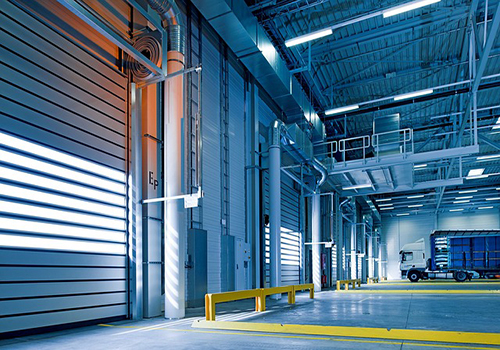
Types of industries according to their degree of development
Cutting edge industry
Its growth and expansion of production within the sector is related to the use of modern technologies. In addition, it is characterized by having specialized personnel that apply innovative developments.
Mature industry
An industry is considered mature when it has reached its maximum development rate. That is, their production levels are almost nil due to their traditional machinery, which means a state of internal paralysis projecting a competitive disadvantage.
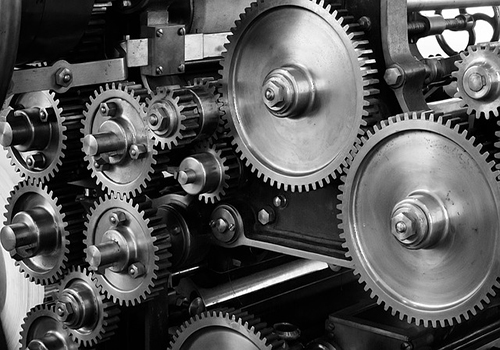
Type of industries according to their size
Big industry
It has more than 1000 employees in charge, so its level of production is higher. It demands specialized skills and knowledge, as well as the use of advanced technologies.
Medium industry
The investment of this industry is less than the previous one. The number of staff that has round between 50 and 1000 employees. Its competitiveness is concentrated in the optimization of its management and its processes to develop individualized products.
Small industry
Its number of employees does not exceed 50, basically it is an independent industry that does not need a large investment to maintain its sales. There is a greater organization between material resources, machinery, financial resources and personnel.

Industry Examples
An industry can cover multiple production areas depending on the type of input they require and the nature of the product obtained from their manufacturing processes.
Some of the main specialties of the industry are:
Pharmaceutical industry
The pharmaceutical industry is part of the business sector specialized in the field of health. That is, one who is dedicated to manufacturing, preparing and marketing medicinal products that are part of the treatment and prevention of different diseases.
It is constituted within the health care systems that are made up of governmental and private organizations. It is based on the research and development of drugs that have pharmacological and toxicological properties.
The activities of the pharmaceutical industry are regulated by regulations that establish the approval, development, manufacture, quality and marketing of drugs that are distributed.
The pharmaceutical industry not only implies the scientific factor, it also encompasses dynamic factors such as social, economic and technological. Therefore, the manufacture of its final product has progressed thanks to the application of new techniques and the use of new technologies that have managed to reduce healthcare costs.
ERP Pharmaceutical Industry
The health sector in the field of drug manufacturing is closely subject to the quality requirements determined by the relevant authorities, with the aim of maintaining safety during the process and testing of each medication.
An ERP Pharmaceutical industry has a mandatory value to have an overview of the business environment and of each of the areas that comprise this sector. That is, it analyzes, coordinates and manages the production plan, manufacturing procedures, quality standards and financial schemes.

Automotive industry
An industry with great worldwide activity is the automotive industry, throughout history it has increased its importance in the development of the economy because it is related to other value-added sectors.
It is considered a source of employment, since despite being a heavy industry requires direct labor in the design, development, manufacturing and assembly.
A preponderant factor in the automotive industry is safety because each final product must guarantee the stability and protection of consumers, which is why this sector is subject to constant checks and regulations.
Technological innovation has been applied in the manufacture of cars that are increasingly sophisticated and modern. The production processes comply with each of the local and international standards to distribute this product in the market.
The efficiency of both the industry and automobiles has been maximized thanks to the use of integral systems that allow to improve and automate the production process through intelligent solutions and structured business strategies.
ERP Automotive Industry
One of the needs of the automotive industry is ERP software that optimizes production processes to maximize product volume because it is one of the sectors with the greatest economic impact worldwide.
With an automotive ERP it is possible to generate a supply chain focused on customer demand and meeting the growing demands of the automotive market, without losing productivity or business performance.
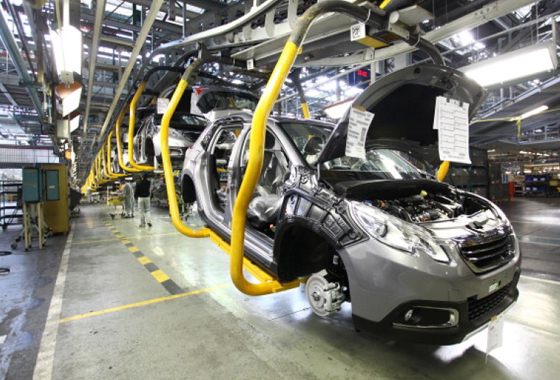
Industria metalmecánica
Este sector comprende la maquinaria y las herramientas que son útiles en otras industrias. Como lo dice su nombre, el metal y las diferentes aleaciones de este material hacen posible la obtención de múltiples bienes en el capital de producción.
Es una industria de gran magnitud que brinda el apoyo necesario al desarrollo de otras como la industria manufacturera, automotriz, agrícola y minera. Se encarga de elaborar la materia prima para someterla a un proceso de transformación que resulta en la conversión de metales que, al ser procesados, pueden ser un producto de uso diario.
La industria metalmecánica no sólo es trascendental por sí sola, sino también por la relación que tiene con otros sectores, a los que apoya en la producción de bienes de consumo de gran calidad y durabilidad, factores sustanciales que determinan su adquisición. Es por ello, que se ha convertido en un sector con amplia influencia económica.
ERP Metalworking Industry
Each industry has specific needs based on market offers, the manufacture of its products and the management of its operations. In the case of the metalworking industry, an ERP system is required as a base platform that connects all processes in a flexible, integrated and accessible way.
An ERP Metalworking Industry prioritizes the internal structure of the processes as well as improves the performance of the machinery, to optimize production levels in the face of wide market demands, reducing costs and guaranteeing a complete solution in each area.
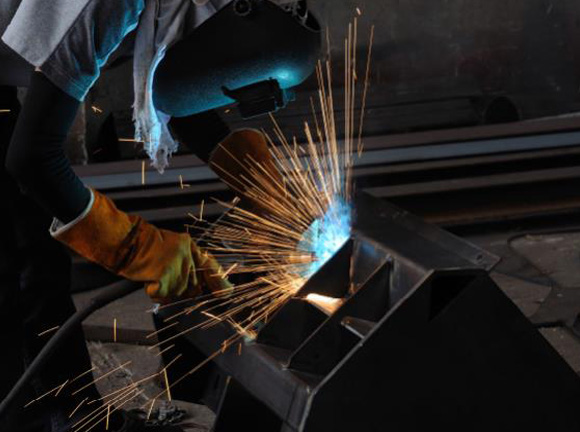

Con una sólida formación como Ingeniero y una amplia experiencia en el ámbito de ventas y consultoría, me especializo en soluciones empresariales, ERP, aplicaciones empresariales, así como en la optimización de procesos relacionados con la calidad y la productividad en el mercado B2B. Mi enfoque va más allá de la simple implementación de tecnologías; busco potenciar el crecimiento y la eficiencia de las empresas a través de soluciones integrales y estratégicas.
